Top Things to Know Before Buying a Home Vegetable Garden
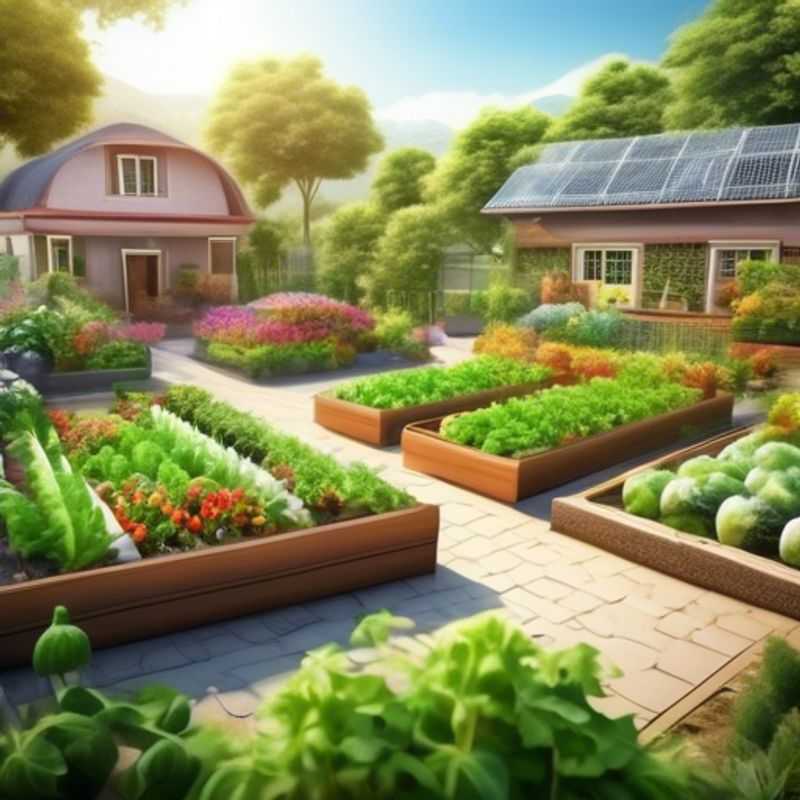
Sunlight, Climate, Soil Prep, Layout, Watering, Pest Management, Crop Rotation: The 7 Keys to a Thriving Home Vegetable Garden
Hey there, fellow green thumbs! So you're thinking about growing your own veggies at home? That's awesome! It's a fantastic way to get fresh, healthy food and connect with nature. But before you dive in, let's talk about some key things to consider to make your veggie garden a success.
First things first: Sunlight.
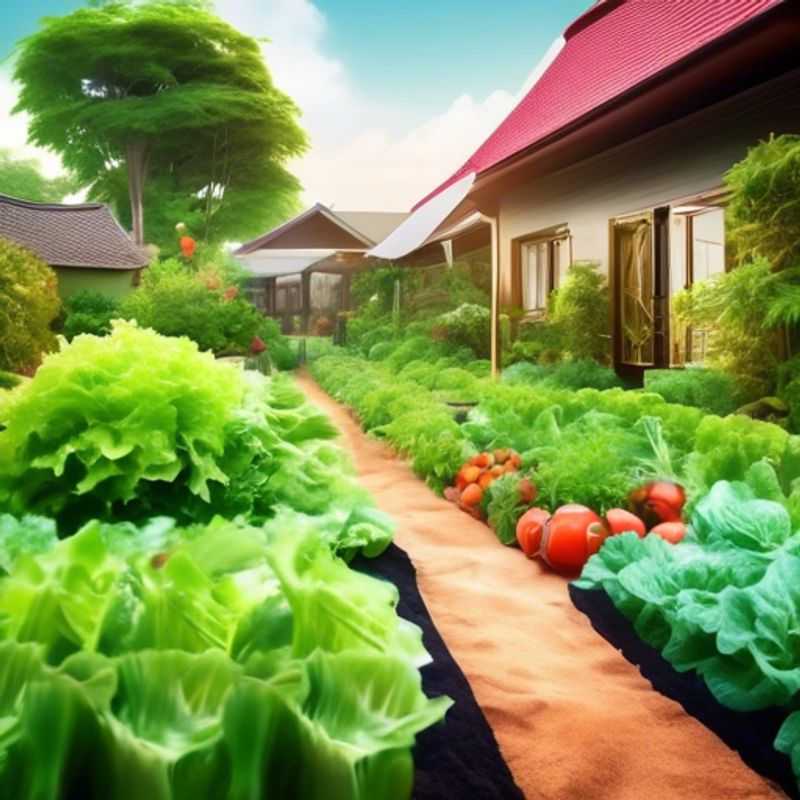
Sunlight Secrets: How Much Sunshine Does Your Garden Need?
Understanding your garden's sunlight exposure is crucial for selecting the right plants. Sunlight requirements vary greatly between species. Think about the time of day and the season - morning sun is different from afternoon sun. The amount of sunlight your garden receives can impact the growth, health, and even the colors of your plants.
To determine your garden's sunlight exposure, observe it throughout the day, especially during different seasons. Note the areas that receive full sun, partial shade, or full shade. Use this information to create a planting plan that considers each plant's individual needs.
For accurate information about specific plant requirements, consult a reliable gardening guide or website. Consider using apps or tools to track your garden's sunlight exposure. This information will help you choose plants that will thrive in your garden, leading to beautiful and healthy blooms.

Choosing the Right Veggie Varieties for Your Climate and Season
Selecting the right vegetable varieties for your climate and growing season is crucial for successful gardening. It ensures your plants thrive, produce bountiful harvests, and minimize the need for costly interventions. Here's a simple guide to help you get started:
1. Know Your Climate and Growing Season: Understanding your climate zone, average frost dates, and the length of your growing season is fundamental. Resources like the USDA Plant Hardiness Zone Map can help determine your zone.
2. Choose Varieties Suited to Your Climate: Some vegetables are heat-tolerant, while others prefer cooler temperatures. Research varieties specifically adapted to your climate. For example, select heat-tolerant varieties like tomatoes and peppers if you live in a warm climate.
3. Consider Growing Season Length: Choose varieties that mature within your growing season. If you have a short growing season, opt for fast-maturing varieties. For longer seasons, consider varieties with extended harvest periods.
4. Research Variety Descriptions: Look for information like days to maturity, disease resistance, and growth habit. This information helps you make informed decisions about the best varieties for your garden.
5. Experiment and Adjust: Over time, you'll gain experience and learn what varieties thrive in your specific garden. Don't be afraid to experiment with different options and make adjustments based on your results.

Nurturing Your Garden: Preparing the Soil for Success
A healthy soil is the foundation of a thriving garden. Adding organic matter and nutrients is crucial for creating a fertile environment for your plants to flourish.
Organic matter, such as compost, manure, or leaf mold, improves soil structure, increases water retention, and provides essential nutrients. It's like giving your soil a nutritious meal!
Nutrients, like nitrogen, phosphorus, and potassium, are vital for plant growth. You can add them through fertilizers, but incorporating organic matter is a more sustainable approach.
Here's a quick guide to enriching your soil:
1. Test your soil: Knowing your soil's pH and nutrient levels helps you tailor your approach. You can purchase soil testing kits or send samples to a lab.
2. Amend your soil: Incorporate organic matter like compost or manure before planting. This improves drainage, aeration, and nutrient availability.
3. Mulch your garden: A layer of organic mulch helps retain moisture, suppress weeds, and gradually release nutrients into the soil.
Remember, preparing the soil properly is an investment that pays off in healthier, more productive plants. It's a crucial step in any gardening journey!
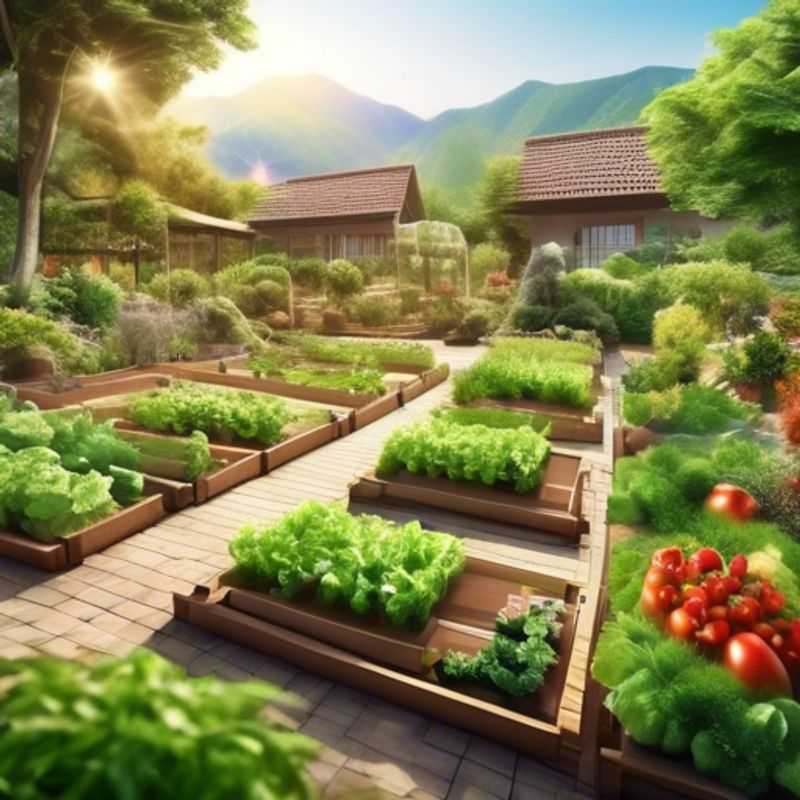
Designing Your Dream Garden: Choosing the Perfect Layout and Size for Your Vegetable Patch
Before you start planting, it's important to decide on the layout and size of your vegetable garden. This will ensure you have enough space for the vegetables you want to grow and that they are planted in the right way to get the best yield.
When deciding on the layout, consider the amount of sunlight your garden will receive. Most vegetables need at least 6 hours of direct sunlight per day. If you have limited space, consider using raised beds or vertical gardening methods to maximize your space.
The size of your garden will depend on your needs and the amount of space you have available. A good starting point for a beginner is a 4x8 foot garden. This size will allow you to grow a variety of vegetables and get a good harvest.
Once you've decided on the size and layout, you can start planning your vegetable garden. Consider what vegetables you want to grow, and when they are best planted in your area. Remember to leave enough space between plants for them to grow and thrive.
Finally, don't forget to factor in the cost of materials. You'll need to purchase things like soil, fertilizer, seeds, and tools. For a small garden, the cost of these materials can be relatively inexpensive. However, if you're planning a larger garden, be sure to budget for these expenses.
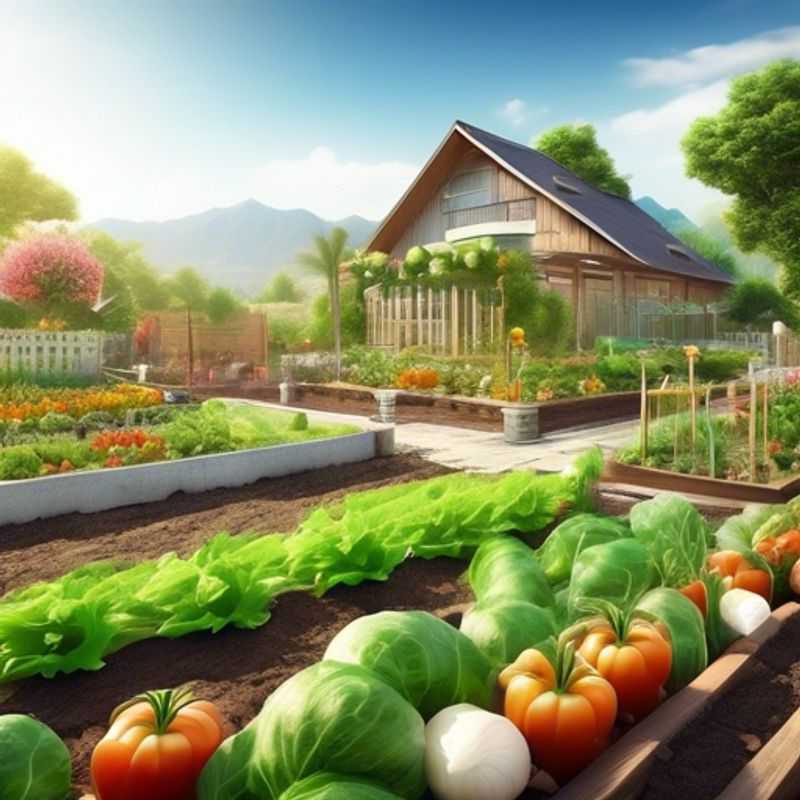
Keep Your Plants Happy: Building a Reliable Watering System
Maintaining optimal soil moisture is crucial for plant health and growth. A reliable watering system ensures consistent hydration, minimizing the risk of overwatering or underwatering. Let's explore the key elements of implementing such a system:
1. Assess your Needs: Determine the specific watering requirements of your plants, considering factors like plant type, soil type, and climate. This helps you choose the right system components.
2. Select a Watering Method: Choose from various methods, including drip irrigation, soaker hoses, or sprinkler systems. Drip irrigation is generally the most efficient, delivering water directly to plant roots. Soaker hoses are a simpler option, while sprinklers are suitable for larger areas.
3. Install the System: Follow manufacturer instructions for installation. Ensure proper placement of emitters or sprinklers to target plant roots. Note: Professional installation may be required for complex systems.
4. Set up a Timer: Utilize a timer to automate watering schedules. Consider factors like season, weather, and plant needs to adjust watering intervals.
5. Monitor and Adjust: Regularly check soil moisture levels to ensure the system is working effectively. Adjust the timer or watering frequency as needed to maintain optimal moisture.
6. Maintenance: Clean your watering system regularly, especially drip irrigation lines, to prevent clogging and maintain efficiency. Consider: Using a water filter to reduce mineral buildup.
Implementing a reliable watering system involves initial costs for materials and potential installation fees. Ongoing expenses include water usage and occasional system maintenance.
By investing in a well-designed and maintained watering system, you contribute to the health and resilience of your plants, ensuring thriving gardens and landscapes.
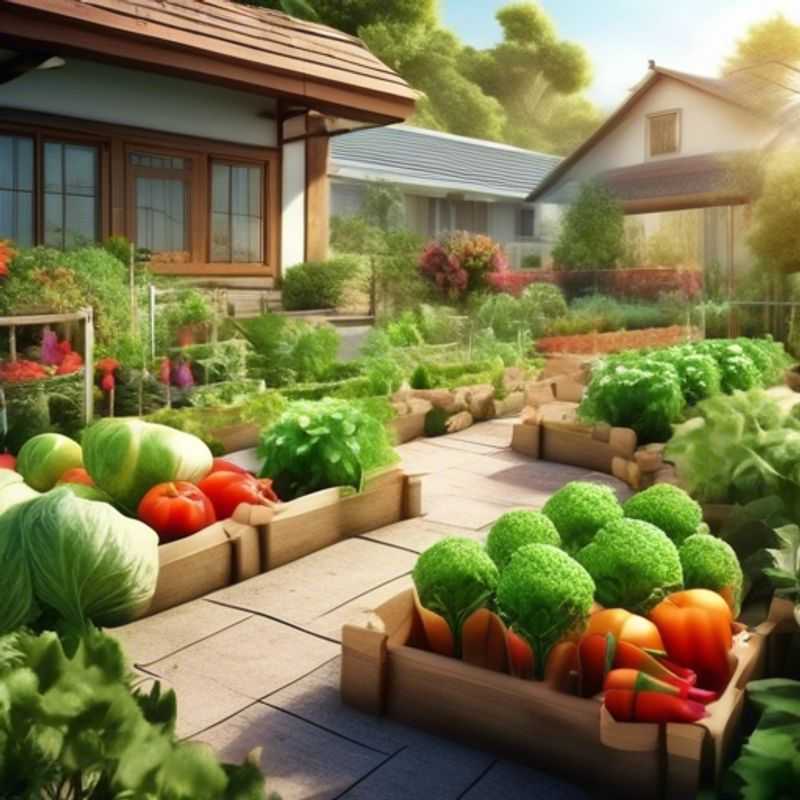
Know Your Enemy: Common Pests and Diseases and How to Manage Them
Knowing common pests and diseases is vital for effective plant management. Early detection and prompt action are key. This knowledge allows you to tailor your approach, preventing significant damage and ensuring healthy, thriving plants.
Start by identifying potential threats in your area. Research common pests and diseases for your specific region and plant types. This information is readily available online, through local gardening clubs, or your local agricultural extension office.
Regularly inspect your plants for signs of trouble. This includes examining leaves, stems, and fruits for discoloration, holes, or unusual growth patterns. Be mindful of insect activity and check for signs of webbing, eggs, or droppings.
Prevention is often easier than treatment. Follow good gardening practices like proper watering, appropriate fertilization, and maintaining good air circulation around plants. This helps create a less favorable environment for pests and diseases.
Consider using organic pest control methods. This can include introducing beneficial insects, using insecticidal soap, or applying neem oil. These methods are safer for the environment and beneficial insects.
Consult with a qualified professional. If you suspect a serious infestation or disease, consult with a professional pest control or plant disease specialist. They can provide tailored solutions and guidance for effective management.
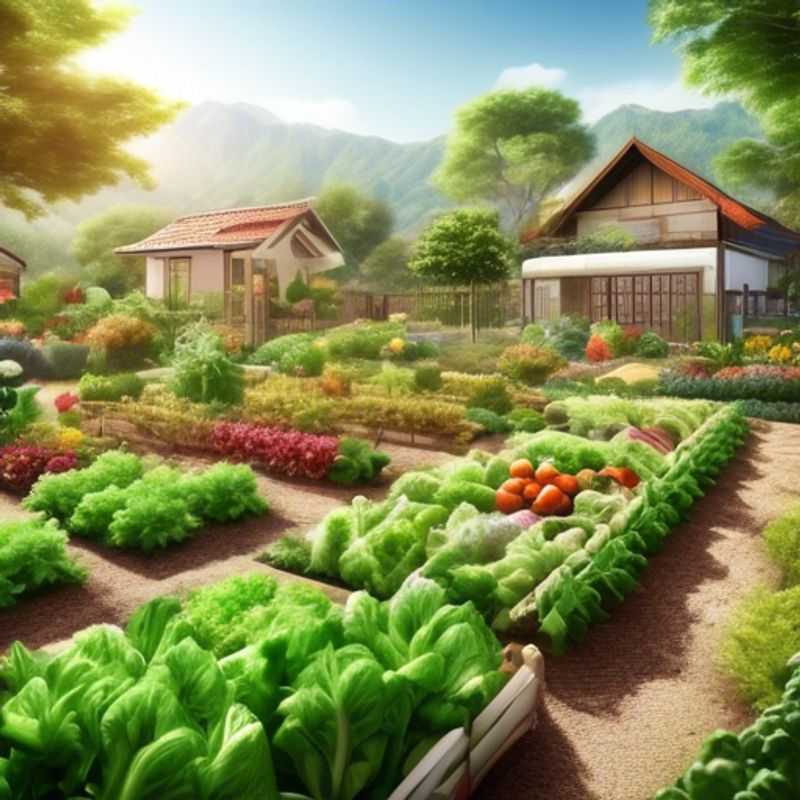
Crop Rotation: A Healthy Habit for Your Garden and Your Wallet
Rotating crops, also known as crop rotation, is a vital practice in sustainable agriculture, contributing to healthier soil, reduced pest and disease pressure, and improved nutrient cycling. By strategically alternating different plant families in a given field over time, farmers disrupt the life cycles of soilborne pathogens and pests, ultimately enhancing crop yields and reducing reliance on chemical inputs.
The benefits of crop rotation go beyond pest and disease management. Different plant species extract nutrients from the soil in varying ways. Rotating crops helps to replenish depleted nutrients, preventing imbalances and promoting soil health. For instance, legumes like peas and beans enrich the soil with nitrogen through a symbiotic relationship with nitrogen-fixing bacteria. This natural fertilization reduces the need for synthetic nitrogen fertilizers, minimizing environmental impact and reducing costs for farmers.
A well-planned crop rotation strategy considers the specific needs of different plant types. For example, a field that previously grew corn, which depletes soil nitrogen, may benefit from planting a nitrogen-fixing legume like soybeans in the following season. Additionally, rotating crops with different rooting depths can improve soil structure and drainage.
Implementing crop rotation involves careful planning and consideration of several factors:
- Crop families: Rotating crops from different families is crucial to disrupt pest and disease cycles. For example, alternating between grasses, legumes, and broadleaf crops like vegetables or sunflowers offers diverse benefits.
- Nutrient needs: Consider the nutrient demands of different crops and select them in a way that balances nutrient uptake and replenishment.
- Pest and disease history: A history of common pests and diseases in a field should influence crop selection to minimize potential problems.
While crop rotation offers numerous advantages, it's important to acknowledge its challenges. Initial setup might require a transition period, and yields may temporarily fluctuate as the soil adjusts. However, long-term benefits far outweigh these short-term drawbacks. By embracing crop rotation as a core practice, farmers can create a more resilient and sustainable agricultural system, benefiting the environment, their crops, and ultimately their bottom line.
